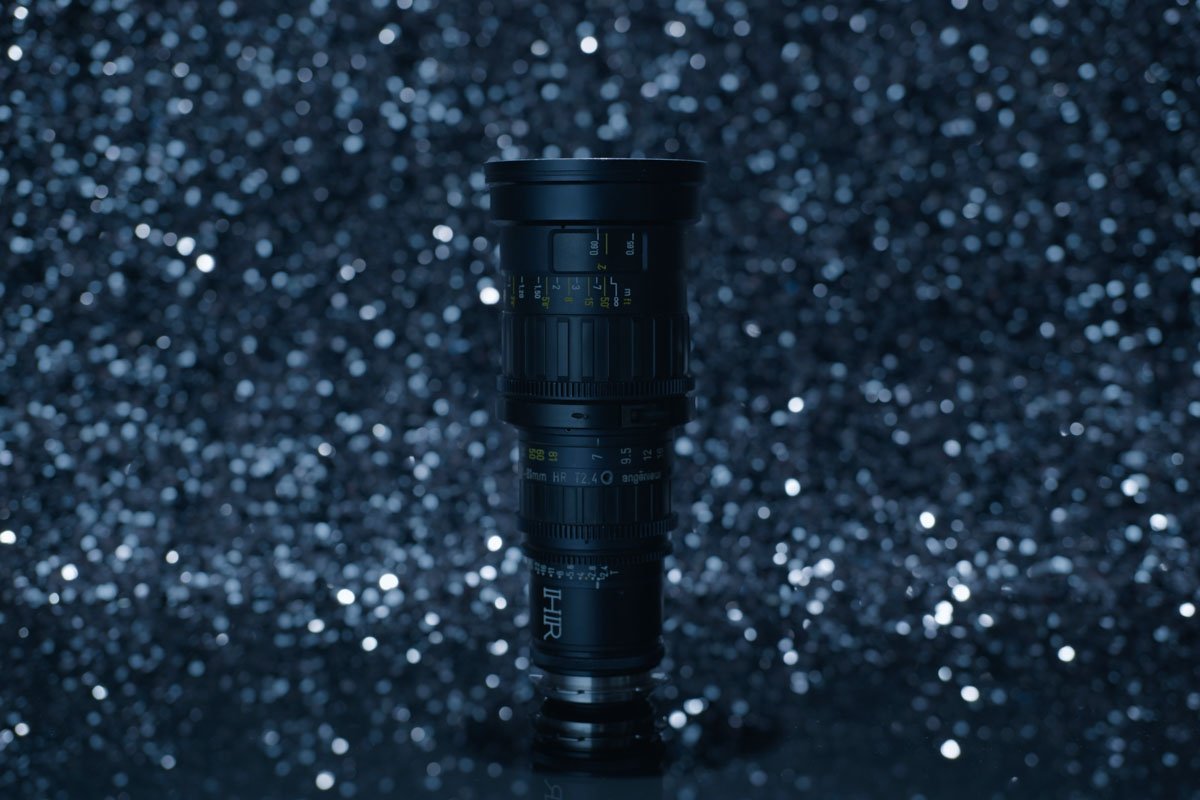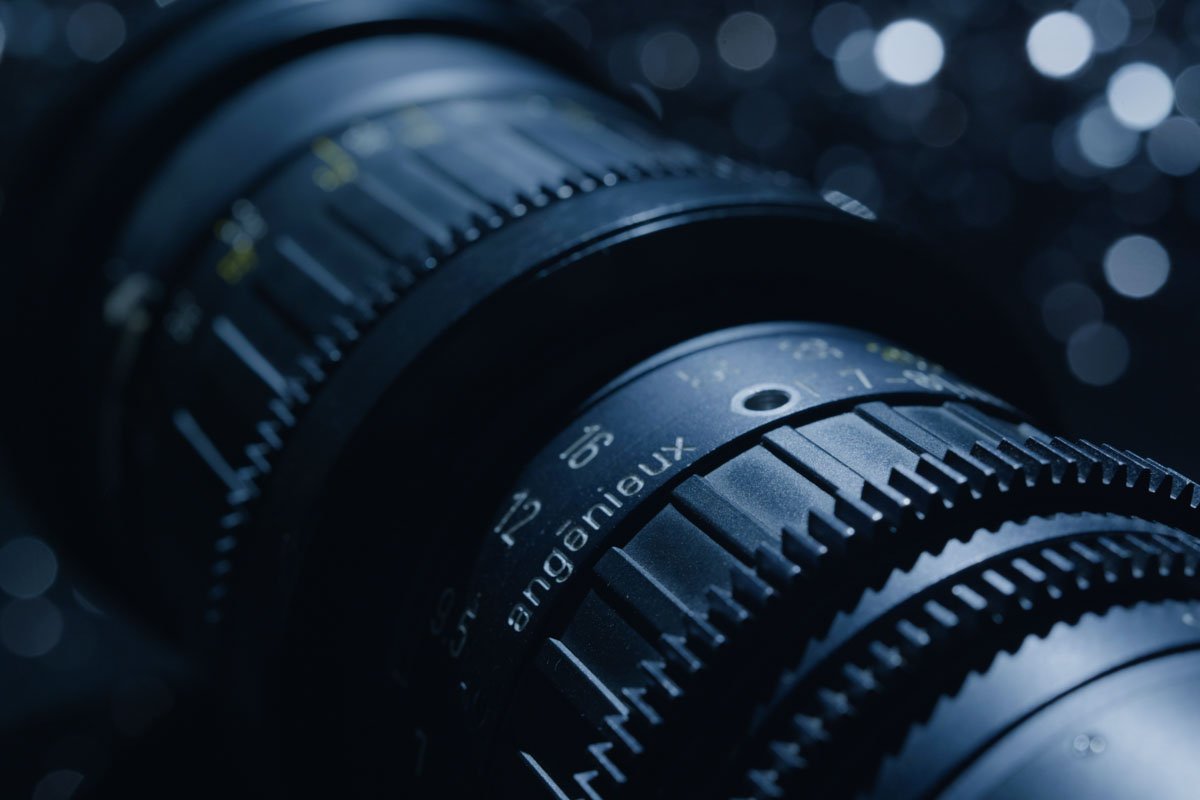 Image 1 of 2
Image 1 of 2

 Image 2 of 2
Image 2 of 2



Zoom Angénieux 7-81 HR
Versatile, compact, with character but still really sharp, this Super 16mm zoom lens is the state of the art accomplishment of 40 years of zoom developpement at Angenieux. To understand, let’s open our bible, “The Cine Lens Manual” from J. Holben and C. Probst :
Angénieux's long history with cinema zooms actually starts with the 16mm format and the first prototype Type L1 17-68mm f12.2 created in 1956, which was brought into production the following year for Bell & Howell. The very first production of Angénieux 16mm zooms were sold in 1958, and between then and the 1970s over 70,000 models were sold.
In the early days of Angénieux's lens manufacturing, calculations for the optical prescriptions had to be done by hand and the math for a four or five-element lens could take as long as two years for two engineers to determine.
Angénieux's namesake founder, Pierre, bought his first electronic calculator in 1956 (and later his first IBM computer in 1969), both of which aided in those calculations. Still, to make the design of complicated multi-element zoom lenses a faster process, Angénieux had mathematical tables prepared for the engineers by an accountant.
With the gradual move to adopting the wider-gauge Super 16 format into productions throughout the 1980s and into the 2000s, Angénieux released only three lenses specifically designed for the larger imager area.
The 7-81mm T2.4 HR is the latest, made in 1994.
Versatile, compact, with character but still really sharp, this Super 16mm zoom lens is the state of the art accomplishment of 40 years of zoom developpement at Angenieux. To understand, let’s open our bible, “The Cine Lens Manual” from J. Holben and C. Probst :
Angénieux's long history with cinema zooms actually starts with the 16mm format and the first prototype Type L1 17-68mm f12.2 created in 1956, which was brought into production the following year for Bell & Howell. The very first production of Angénieux 16mm zooms were sold in 1958, and between then and the 1970s over 70,000 models were sold.
In the early days of Angénieux's lens manufacturing, calculations for the optical prescriptions had to be done by hand and the math for a four or five-element lens could take as long as two years for two engineers to determine.
Angénieux's namesake founder, Pierre, bought his first electronic calculator in 1956 (and later his first IBM computer in 1969), both of which aided in those calculations. Still, to make the design of complicated multi-element zoom lenses a faster process, Angénieux had mathematical tables prepared for the engineers by an accountant.
With the gradual move to adopting the wider-gauge Super 16 format into productions throughout the 1980s and into the 2000s, Angénieux released only three lenses specifically designed for the larger imager area.
The 7-81mm T2.4 HR is the latest, made in 1994.
Versatile, compact, with character but still really sharp, this Super 16mm zoom lens is the state of the art accomplishment of 40 years of zoom developpement at Angenieux. To understand, let’s open our bible, “The Cine Lens Manual” from J. Holben and C. Probst :
Angénieux's long history with cinema zooms actually starts with the 16mm format and the first prototype Type L1 17-68mm f12.2 created in 1956, which was brought into production the following year for Bell & Howell. The very first production of Angénieux 16mm zooms were sold in 1958, and between then and the 1970s over 70,000 models were sold.
In the early days of Angénieux's lens manufacturing, calculations for the optical prescriptions had to be done by hand and the math for a four or five-element lens could take as long as two years for two engineers to determine.
Angénieux's namesake founder, Pierre, bought his first electronic calculator in 1956 (and later his first IBM computer in 1969), both of which aided in those calculations. Still, to make the design of complicated multi-element zoom lenses a faster process, Angénieux had mathematical tables prepared for the engineers by an accountant.
With the gradual move to adopting the wider-gauge Super 16 format into productions throughout the 1980s and into the 2000s, Angénieux released only three lenses specifically designed for the larger imager area.
The 7-81mm T2.4 HR is the latest, made in 1994.
Tech Specs

